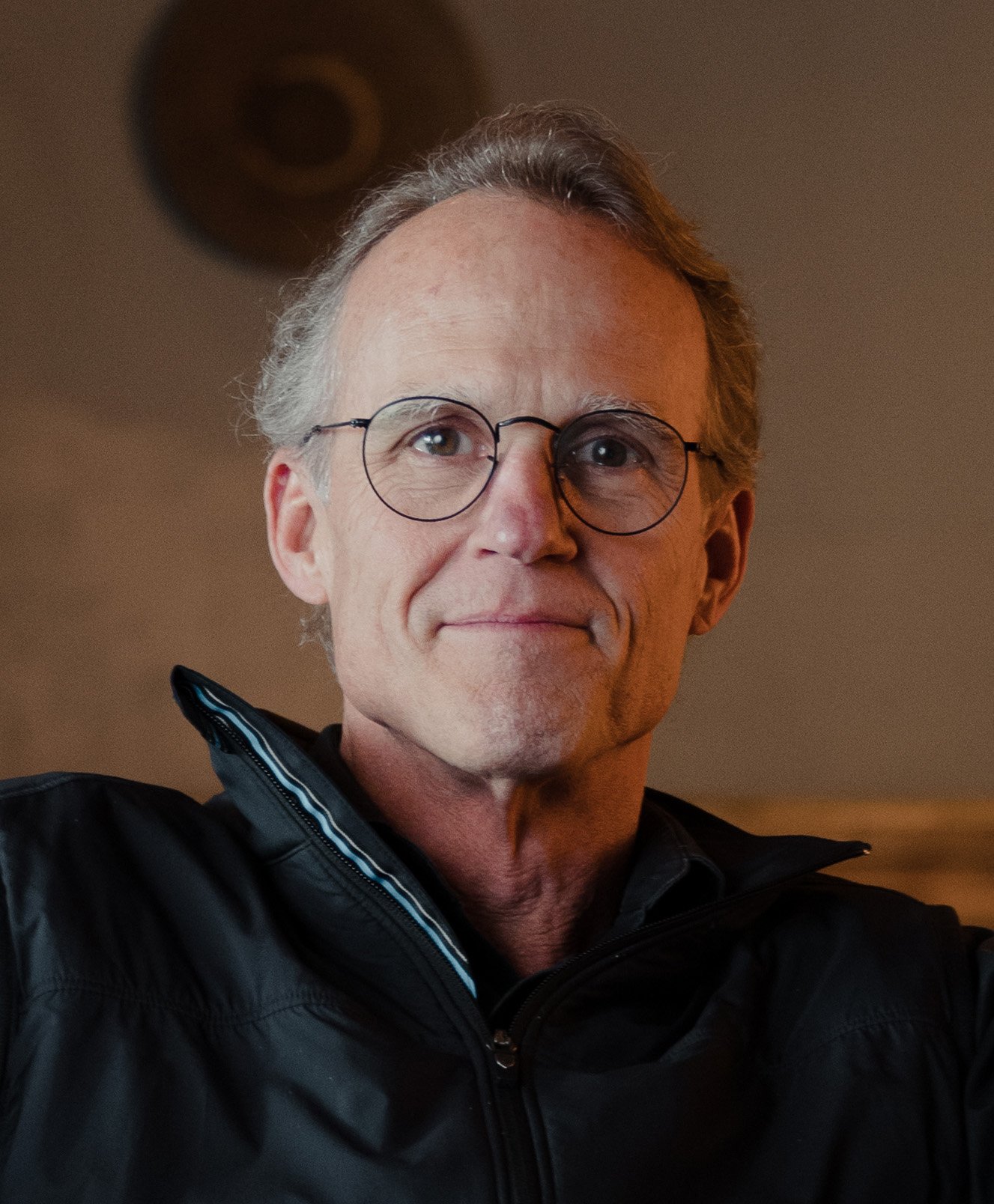Grow or Die #4: Find Your Organizational Fit
As an ambitious founder seeking to build a Stage Five company or beyond, you know that finding the right pace and scale of growth is a balancing act. Growing too slowly can lead to entropy, allowing your growth-focused competitors to leave you in the dust, while moving too quickly can create instability and chaos. That’s why we strive to find the sweet spot — a growth rate that allows us to seize opportunities and stay ahead of the competition while creating a focused, aligned, and thriving organization.
The previous blogs in our Grow or Die series explored the importance of building a strong foundation, creating the right structure, and mastering delegation. The next critical question we must answer is: What is the optimal size of our organization?
What's the Right Size?
As your company continues to grow, you’ll inevitably face the question, "What size will ensure you can focus on high-impact tasks that align with your Vision, strengths, and passions?" As an ambitious founder, you’re either in the process or have done the heavy lifting to create a business with a solid product-market fit. If you’re in a later Stage of Development, you’ve already attracted a set of Ideal Stakeholders who believe in (or are at least attracted to) your Vision, established a strong organizational structure, and effectively delegated by placing the right people in the right seats.
Finding the right organizational size is complex. In his blog post "What's the right size?", Seth Godin draws analogies from transportation, medicine, and even trees to illustrate the challenges of scaling a business. For example, he says, "There are no city buses with just four seats. And none with 400 seats." He also notes, "Trees can't grow to 400 feet because the amount of pressure needed to bring water that high can't be produced." While Godin rightly points out the logistical and operational limitations that inherently define the “right size” for various entities, I believe he misses some key points.
We’re wise to remember organizations are not static entities. They are complex adaptive systems that exist within competitive, evolving environments where the ability to attract, retain, and nurture talent is key to sustained success. The best companies are focused on flourishing.
Growth, in the myriad of ways it can be measured in business (revenue, customers, career opportunities, and more), is an indicator of the vitality, adaptability, and capacity to offer value to your Ideal Stakeholders. It’s probably the best signal we have that we’re providing genuine value and creating opportunities for learning, development, and career advancement for all our team members — critical factors in attracting and retaining high-caliber talent.
Any notion of organizational rightsizing must be flexible enough to accommodate the changing nature of work. The digital age has transformed traditional organizational structures, enabling companies to grow in influence and reach without proportionally increasing their size in conventional metrics, such as head count or physical footprint. Just look at the enormous workforce shift that resulted from COVID-19 and how companies had to adapt quickly to the realities of a remote-only environment.
Ultimately, getting size right is about creating an environment that fosters growth, innovation, and the pursuit of excellence, creating and sustaining an environment of flow. It’s about balancing the need for sustainable growth with the need to attract and retain the required level of talent to turn your Vision into reality. There’s no perfect answer, but doing this pretty damn well is crucial for any organization looking to thrive in today's competitive landscape.
Organizations Must Grow to Thrive
Growth has always been a requirement for organizations to thrive. Growth-oriented companies are simply far better able to attract top talent and actively combat entropy. Let’s look at Slack, for example. Slack has grown from a small startup to a company with over 3,400 team members. Aside from adding more people, the company prioritized building a culture that rewards transparency, empathy, and continuous learning. By staying true to its Core Values, Slack has found great success, with a current valuation of over $26 billion.
Growth creates opportunities for advancement and development within your organization. This is where the 90/80/70/60/50% Principle kicks in. As any of us advance through the Stages of Development, we should be dedicating more and more of our time to work we're passionate about and that helps propel our company toward its Vision. This is especially true for our Senior Leadership Team. The beauty of the 90/80/70/60/50 framework is that it shows that within a healthy organization, everyone under us should also be allocating their time to work that significantly impacts the organization's trajectory.
The Risks of Stagnation
When considering your organization's optimal size, it's crucial to understand the risks of slowing down. If you're not growing, you're dying — a mantra that must permeate your thinking about organizational development. Standing still is not an option because companies that fail to grow and evolve succumb to entropy.
Stagnation puts companies at risk of being outpaced by more dynamic competitors. Look at how Amazon devoured Borders or how Kodak failed to adapt to the digital photography revolution. It's a harsh reality — those who fail to continuously grow over the long run will miss out on new market opportunities and lose touch with evolving customer needs. Once a company goes down this path, it’s already lost its competitive edge in attracting and retaining top talent. It's a downward spiral from there.
To avoid stagnation, you should assess your organization's size to ensure it aligns with your goals, market opportunities, and the needs of your Ideal Team Members so you can find the optimal size for sustainable growth and long-term success.
Balancing Growth and Organizational Health
It’s important to remember that growth for growth's sake is not the answer. Rapid, unchecked expansion can lead to chaos and instability if not monitored carefully. But, when growth is pursued with a clear and compelling Vision at the forefront, that's a different thing altogether. And when this Vision is shared by all your Ideal Stakeholders, that's when the magic happens.
When determining the right size for your organization, consider the balance between growth and organizational health. An organization that is too small may struggle to not just attract and retain top talent but adequately advance its mission relative to its competitors. At the same time, an organization that is too large is likely to be economically challenged and filled with people who are bored, or worse, trying to figure out how to add value by way of interfering with someone else’s roles, accountabilities, and/or responsibilities. The result is the company becomes increasingly unwieldy and loses its sense of purpose and well-being. An ideal size allows for sustainable growth while maintaining a strong culture, clear communication, and effective decision-making processes.
To find the right balance, regularly (every 90 days is the gold standard) evaluate your company's goals, resources, and market opportunities as well as the competency, commitment, and capacity (CCC) of your team members. At Ninety, you’ll often hear, “We’re exactly where we need to be” — a phrase that helps us appreciate the moment we're in. This fortifies our confidence that we've got this, and together, we can do great things. It supports our team to continue doing our best work in an environment where we can focus, align, and thrive.
Ultimately, the right size for an organization is not a fixed target but a dynamic range that allows for growth and adaptation. By staying attuned to the needs of your Ideal Stakeholders, you can navigate growth challenges and build an organization that thrives long-term.
Finding Your Ideal Company Size
The question of optimal size is one you must approach thoughtfully and creatively. I believe growth is essential to your company’s survival. It’s about pursuing new opportunities, building a culture of excellence, and creating an environment where everyone can become the best version of themselves. Because let’s face it, if you’re not growing, you’re dying. And who wants to work for, let alone lead, a company that’s withering away?
So, what can you do as an ambitious founder to determine your optimal size? Here are a few key things to keep in mind:
- Systematically and periodically (aka every 90 days) assess your company's goals, resources, and market opportunities. Are you equipped to seize new opportunities as they arise?
- Regularly evaluate your team's CCC. (Quarterly check-ins are optimal.) Do you have the right people in the right seats to support your growth?
- Stay attuned to the needs of your Ideal Team Members. Are you creating value and fostering a positive, agreements-based culture as you grow? Does your team feel valued, appreciated, and respected?
- Be willing to make strategic adjustments as needed. Don't be afraid to pivot or make tough decisions to ensure your company's long-term success.
Remember, building a great company is not only about finding the right size. It’s about creating a productive, humane, and resilient organization. As an ambitious founder, your ultimate goal is to build a company you can love forever — one that continues to grow and make a positive impact.
So embrace the complexity of growth, approach organizational size with intention and care, and never stop pursuing excellence. That’s the key to building a company that leaves a legacy for future generations.
Are you ready to take the next step in your company-building journey? Subscribe to my Founder's Framework newsletter to join the conversation.





